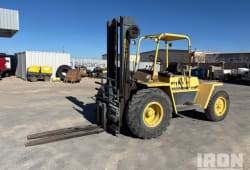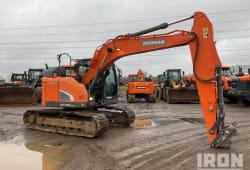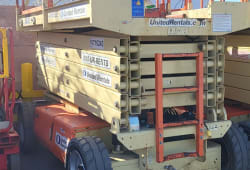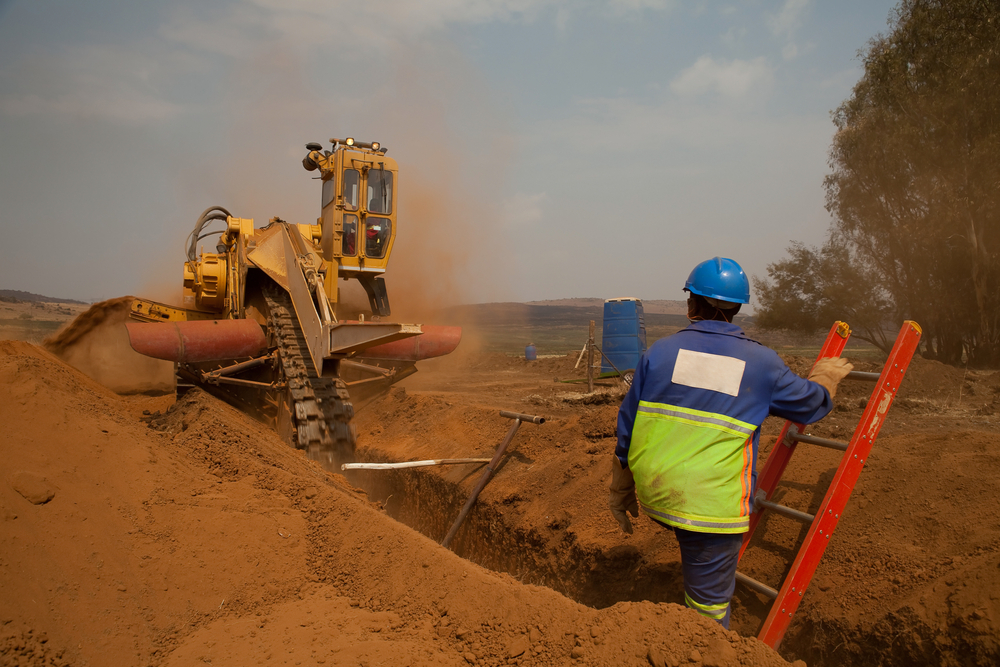Building Construction Process Today: Key Steps & Modern Stages Explained
4 Lectura mínima
)
mayo 14, 2025
The building construction process is a foundational aspect of real estate development, infrastructure creation, and urban planning. Understanding how buildings are constructed today is crucial for property owners, developers, and professionals in the construction industry. With new technologies and streamlined workflows, the building construction process today is more efficient, safer, and environmentally responsible than ever before. This guide walks you through the modern building construction process, the key steps involved, and the critical stages that define successful construction projects.
What Is the Building Construction Process?
The building construction process refers to the series of steps required to turn architectural designs into a physical structure. These steps include planning, design, material procurement, actual construction, and final inspections. Unlike traditional methods, the building construction process today incorporates digital tools, improved materials, and regulatory requirements that ensure better quality and sustainability. Whether it’s a residential home or a high-rise office building, every successful project follows a well-defined construction workflow.
Major Stages of Building Construction Process
Understanding the stages of building construction process helps in managing timelines, budgets, and quality. Here are the primary stages:
Site evaluation and survey
Feasibility studies
Budget estimation and project planning
Permits and regulatory approvals
Design Phase
Conceptual design and architectural drawings
Structural, electrical, and plumbing plans
Finalizing design documents for approval
Procurement Phase
Sourcing materials and equipment
Hiring subcontractors and construction crews
Securing contracts and vendor agreements
Construction Phase
Site preparation and excavation
Foundation laying and structural framing
Installation of systems (electrical, HVAC, plumbing)
Roofing, flooring, and finishes
Post-Construction Phase
Final inspection and quality checks
Obtaining occupancy certificate
Project handover and client walkthrough
Each stage is vital for maintaining the integrity and efficiency of the entire building construction process.
Detailed Steps in the Building Process
:format(webp))
The steps in building process can vary depending on the project size and location, but typically include:
Land Acquisition and Preparation: Secure land, clear debris, and level the site.
Design and Engineering: Collaborate with architects and engineers to produce detailed blueprints.
Foundation Work: Pour concrete, build basements, or install slab-on-grade.
Structural Framing: Construct walls, floors, and roofing systems.
Utility Installation: Add electrical wiring, plumbing systems, and HVAC.
Interior and Exterior Work: Complete drywall, painting, flooring, siding, windows, and doors.
Final Inspection and Punch List: Address minor issues before obtaining occupancy clearance.
Following these steps ensures compliance with local codes, maintains safety standards, and aligns with client expectations.
Building Construction Process Today: What’s New?
The building construction process today is marked by innovation. Here are some advancements reshaping the industry:
Building Information Modeling (BIM): Allows for 3D modeling and project visualization before construction begins.
Prefabrication and Modular Construction: Speeds up timelines and reduces waste.
Green Building Techniques: Energy-efficient materials, solar integration, and LEED certification.
Digital Project Management Tools: Real-time communication, scheduling, and budgeting.
Automation and Robotics: Improve safety and precision in tasks like bricklaying or excavation.
These innovations contribute to shorter project timelines, lower costs, and reduced environmental impact.
Common Challenges in the Building Construction Process
Despite technological progress, challenges persist:
Project Delays: Caused by weather, labor shortages, or supply chain issues.
Cost Overruns: Due to poor planning, design changes, or fluctuating material prices.
Regulatory Compliance: Navigating local zoning laws and inspection requirements.
Communication Breakdowns: Between clients, contractors, and stakeholders.
Mitigating these risks requires strong leadership, thorough planning, and the use of modern tools.
Tips for a Smooth Building Construction Process
To ensure success:
Hire experienced contractors and verified professionals.
Conduct thorough site evaluations and soil tests.
Use project management software for tracking progress.
Maintain clear communication between all parties.
Schedule regular inspections to avoid surprises.
Conclusion
The building construction process today combines traditional techniques with cutting-edge innovations to deliver safer, more sustainable, and more efficient buildings. By understanding each step and stage-from planning and design to construction and inspection-you can navigate your next building project with confidence. Whether you're a property owner, investor, or industry professional, knowing the ins and outs of the modern construction process is key to achieving quality results on time and within budget.
Ready to start your next project? Partner with professionals who understand the full spectrum of the building construction process and bring your vision to life with precision and expertise.

Javier Bocanegra is Boom & Bucket's Technical Resolutions Lead, drawing on 10+ years in automotive and heavy equipment to diagnose issues, resolve complex post-sale cases, and keep machines - and customers - running smoothly. A certified heavy-equipment specialist, he's known for meticulous inspections and hands-on expertise across mechanical, electrical, and hydraulic systems. Based in Sacramento, Javier partners closely with buyers, vendors, and our field teams to deliver reliable outcomes and uphold our standards for safety and trust.














